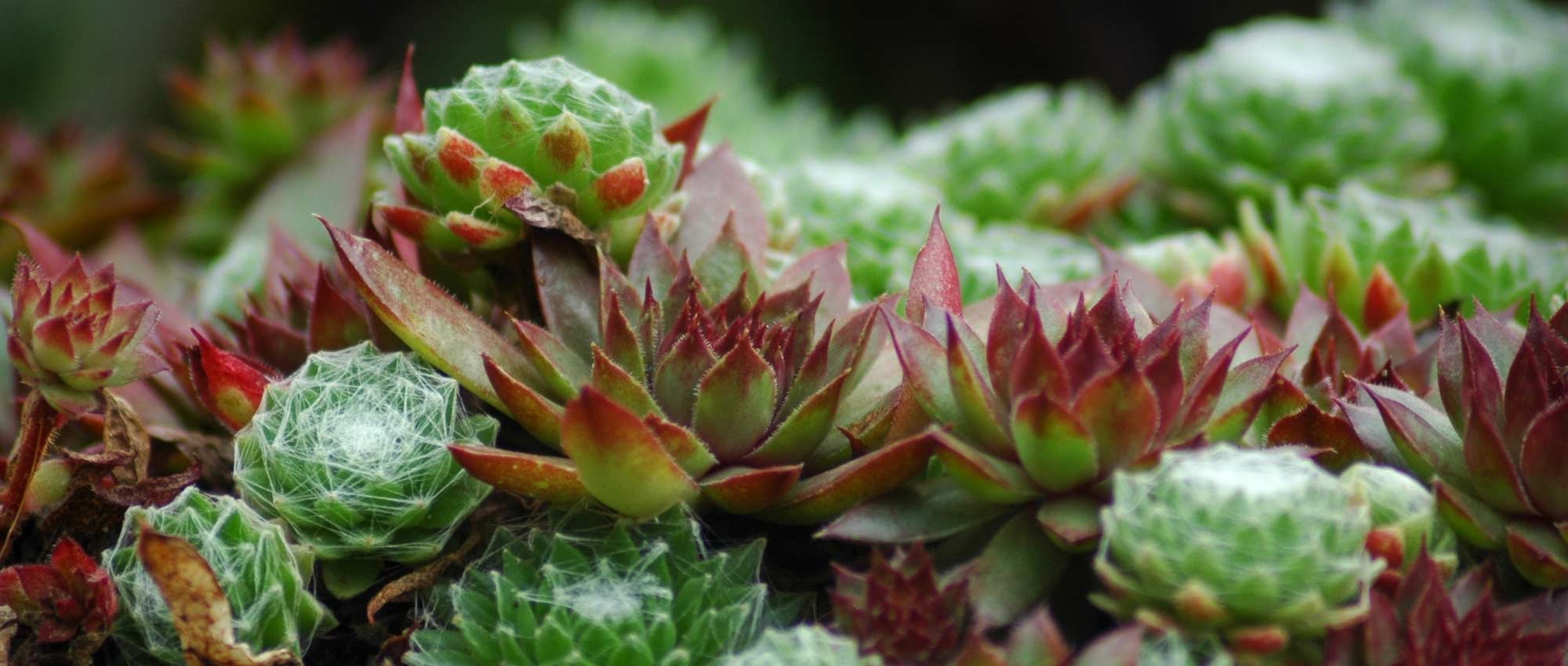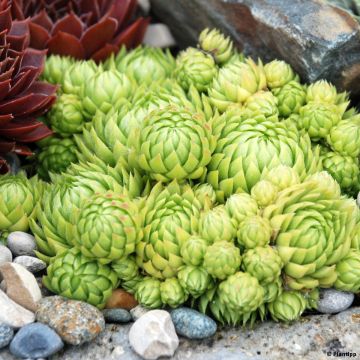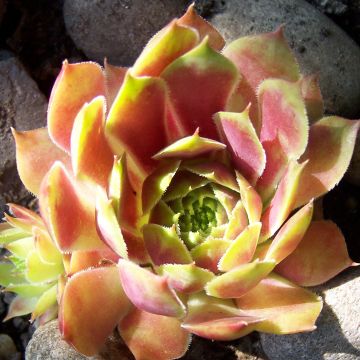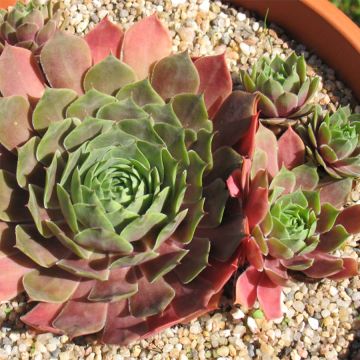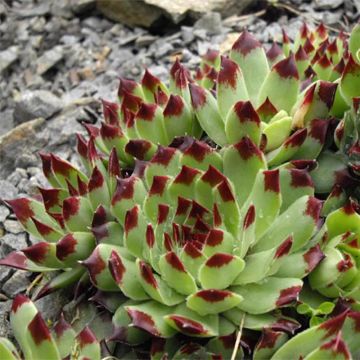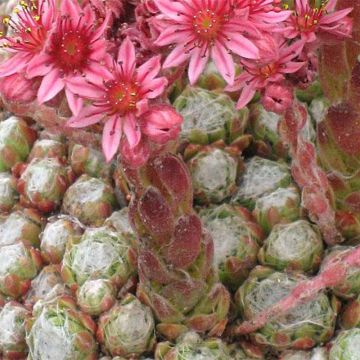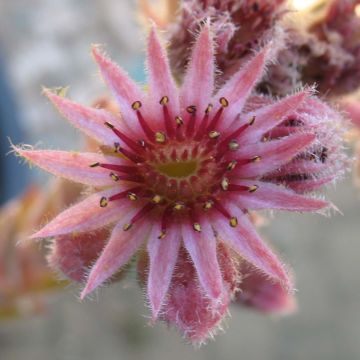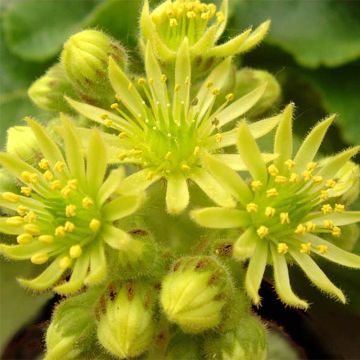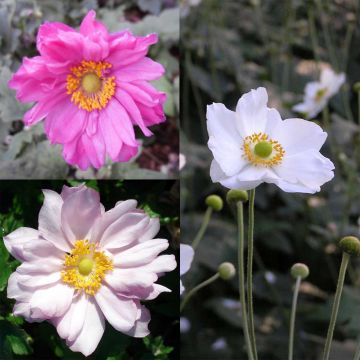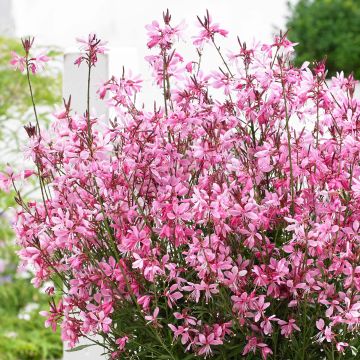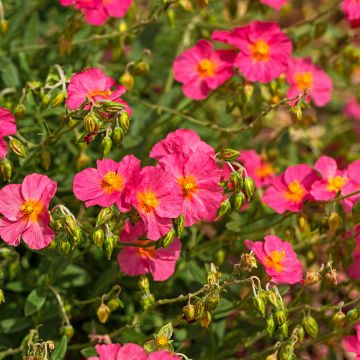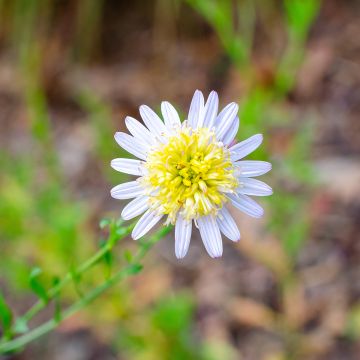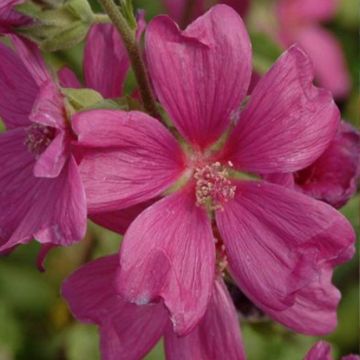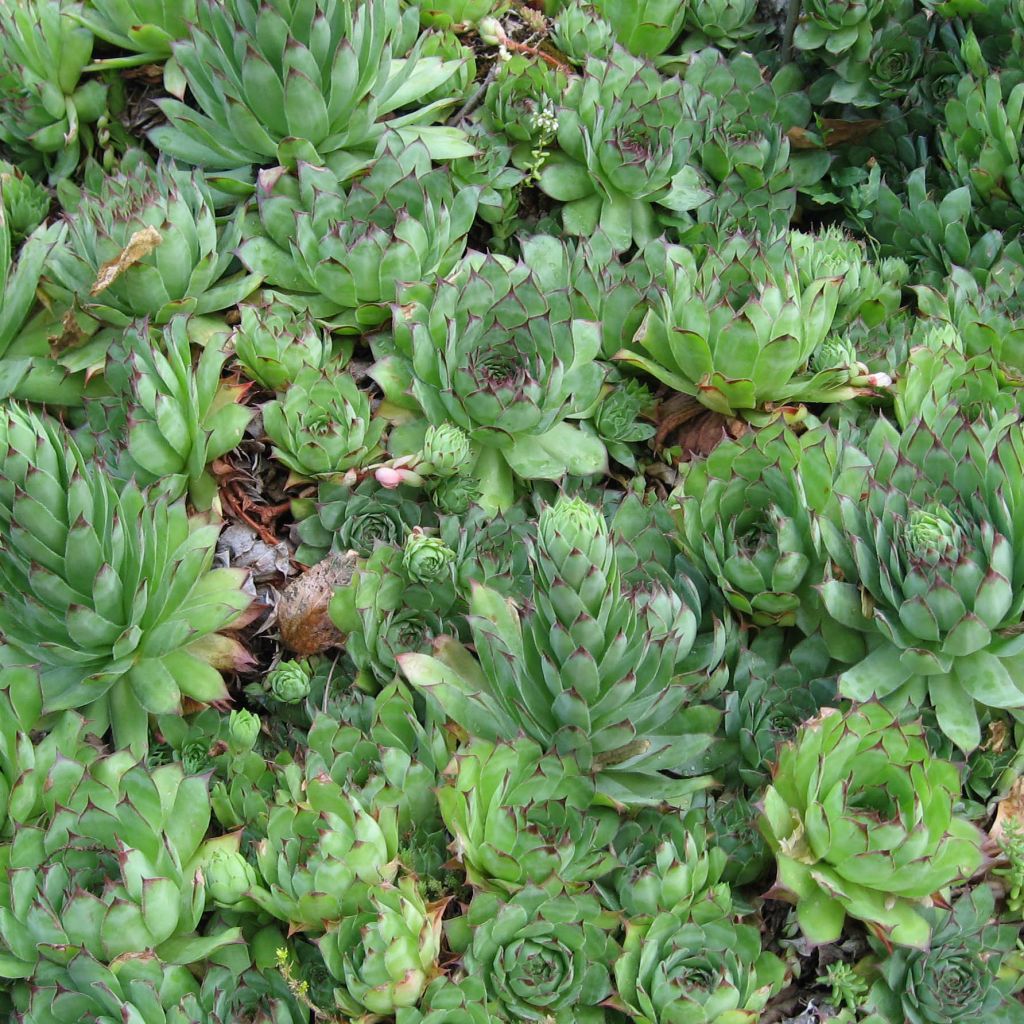

Sempervivum tectorum
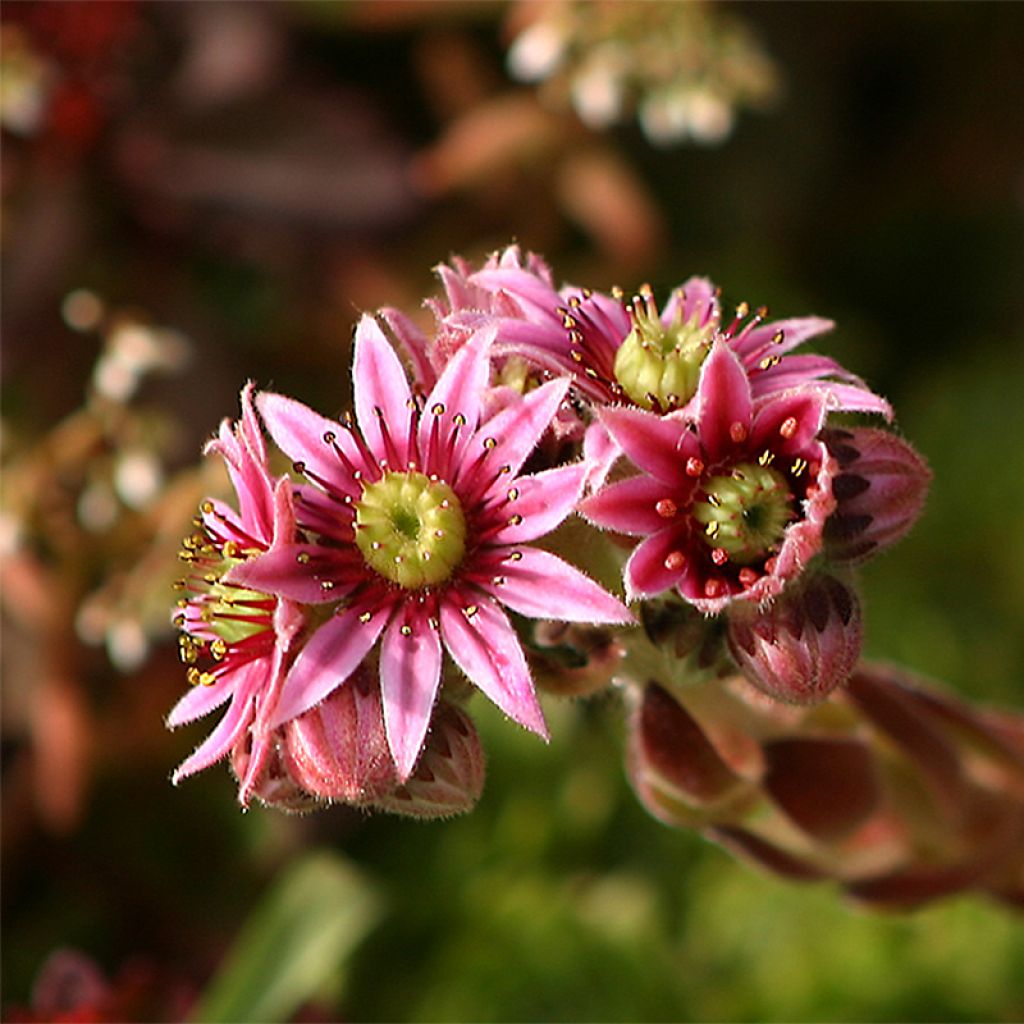

Sempervivum tectorum
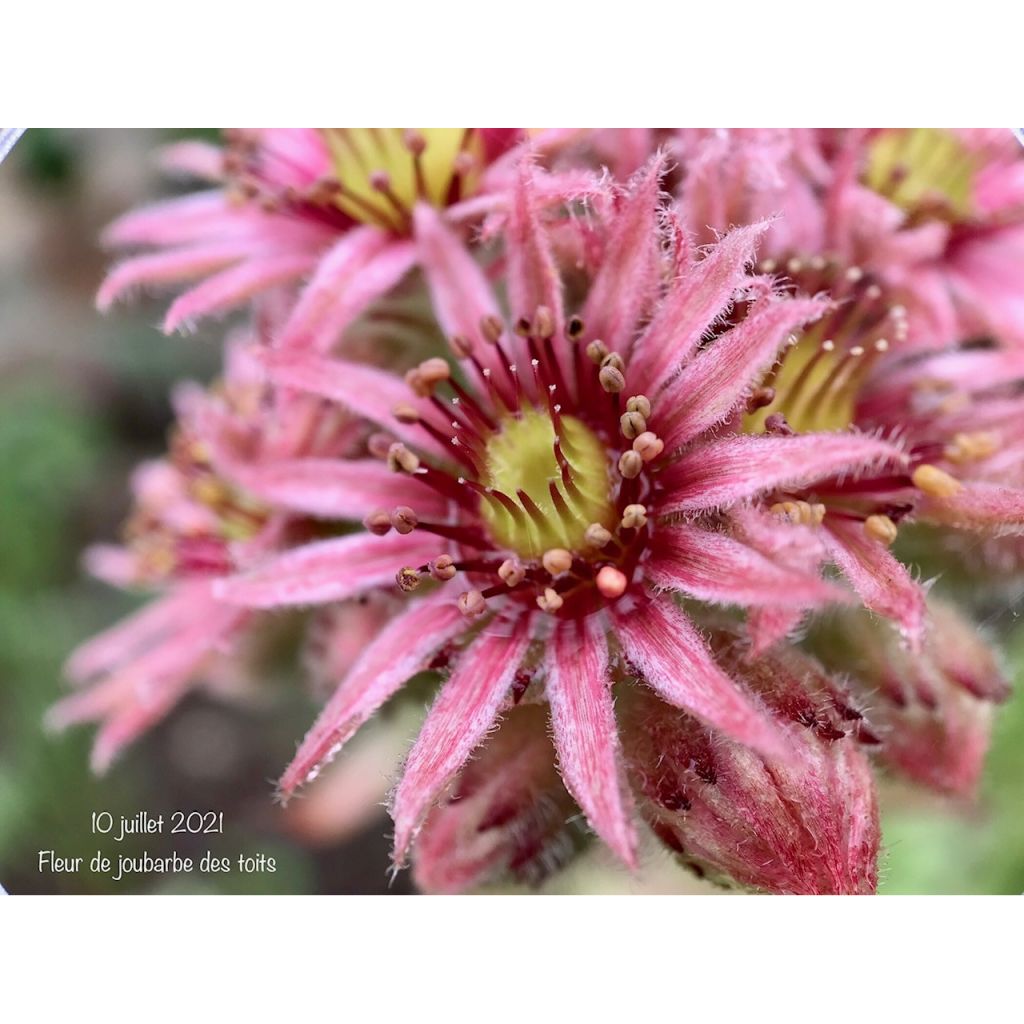

Sempervivum tectorum
View more pictures
Hide images
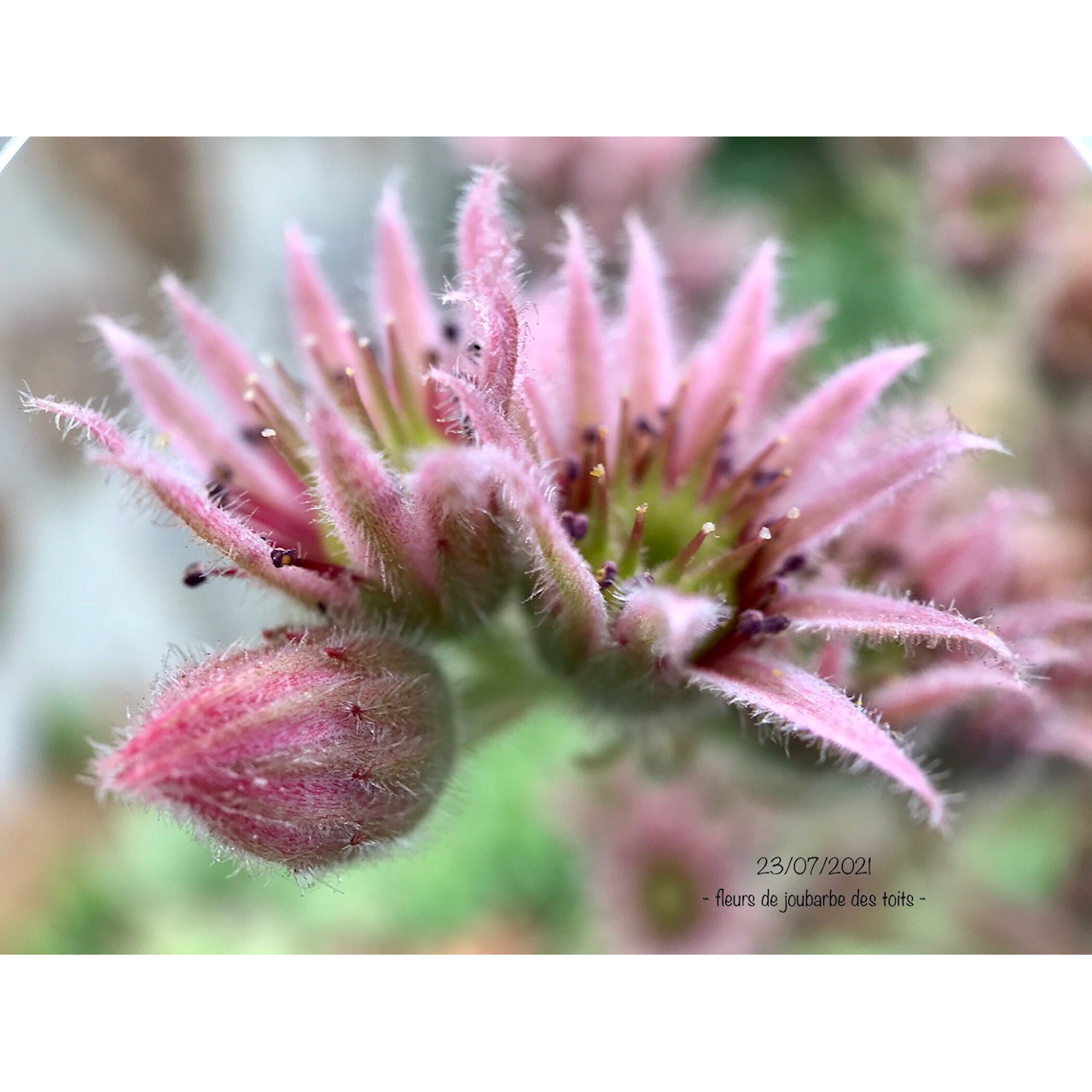
Catherine F.

Catherine F. • 50 FR
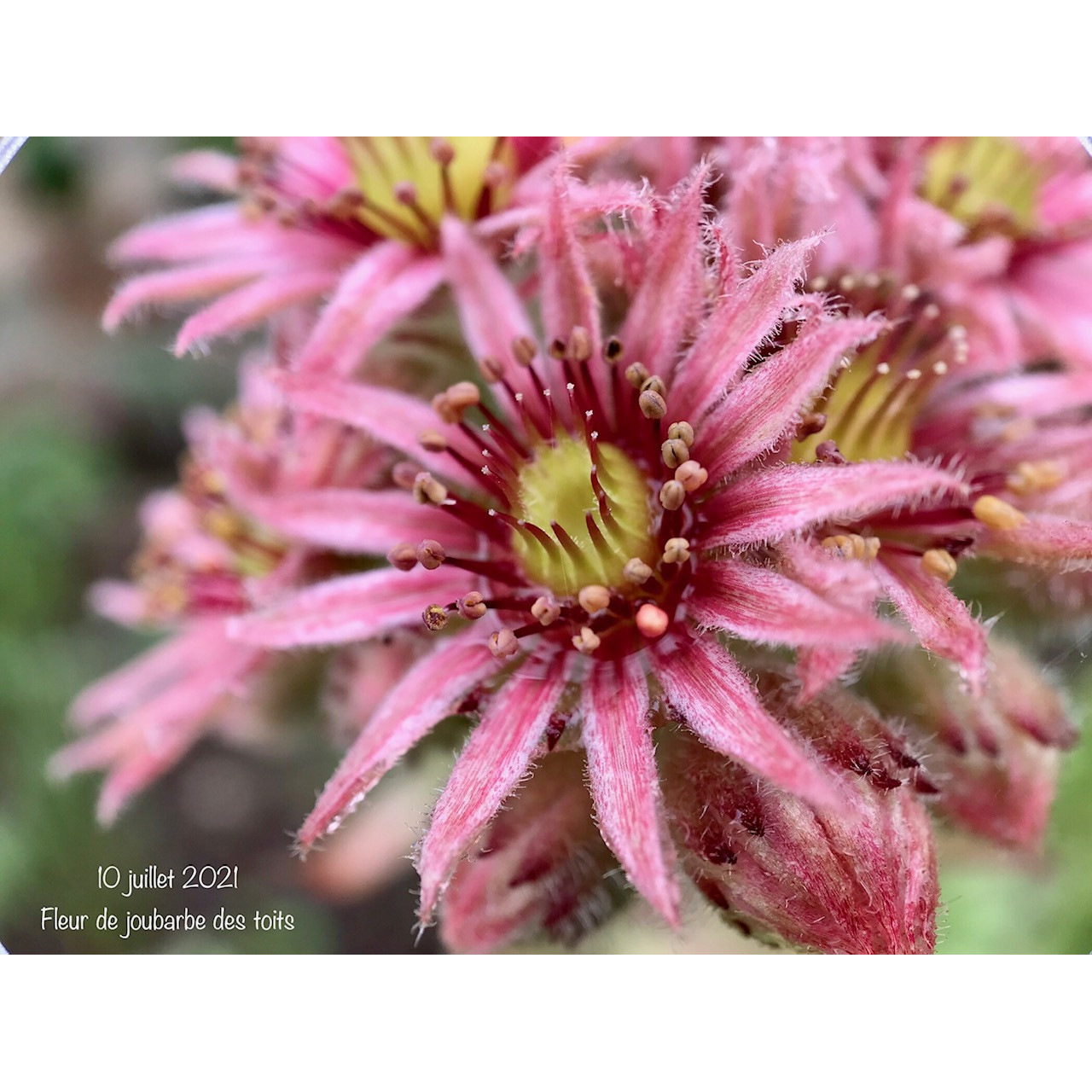
Catherine F.

Catherine F. • 50 FR
Sempervivum tectorum
Sempervivum tectorum
Common Houseleek, Hen and Chicks, Roof Houseleek
Doing well
Marcel, 22/03/2025
Special offer!
Receive a €20 voucher for any order over €90 (excluding delivery costs, credit notes, and plastic-free options)!
1- Add your favorite plants to your cart.
2- Once you have reached €90, confirm your order (you can even choose the delivery date!).
3- As soon as your order is shipped, you will receive an email containing your voucher code, valid for 3 months (90 days).
Your voucher is unique and can only be used once, for any order with a minimum value of €20, excluding delivery costs.
Can be combined with other current offers, non-divisible and non-refundable.
Home or relay delivery (depending on size and destination)
Schedule delivery date,
and select date in basket
This plant carries a 12 months recovery warranty
More information
We guarantee the quality of our plants for a full growing cycle, and will replace at our expense any plant that fails to recover under normal climatic and planting conditions.


Would this plant suit my garden?
Set up your Plantfit profile →
Description
Sempervivum tectorum, better known as Houseleek, is the most well-known botanical species and one of the easiest to grow. Native to mountains, it often finds its way into the walls and roofs of high-altitude villages. This curious perennial plant forms mats of small succulent rosettes, green or tinged with red, that resemble miniature artichokes. Its rose-purple star-shaped flowers emerge from the centre of mature rosettes on a summer day, in an unexpected burst of colour. This very hardy perennial thrives with little soil and only relies on rainwater. It fills terracotta pots, neglected areas, or cracks in old walls.
Houseleek is native to the mountain ranges of Europe and Morocco. This succulent plant from the Crassulaceae family grows naturally in rocky meadows, on rocks and scree, in open and sunny locations. It is not uncommon to find it on the old walls and roofs of mountain villages. The roots of this perennial are thick and long and penetrate deep into the crevices of rocks, ensuring a good grip on the walls while drawing water from deep below. The plant slowly forms small colonies of diferent sized rosettes reaching 10 cm (4in) in diameter at maturity, and not exceeding 10 to 15 cm (4 to 6in) high. Over time, this Houseleek can spread up to 60 cm (24in) on the ground through its stoloniferous stems, perfectly adapting to the terrain. Each rosette has numerous pointed leaves, without petioles, green or tinged with red. Rosettes aged 2 or 3 years flower and then disappear, after producing several small rosettes on the periphery. In summer, 15 cm (6in) tall flower stalks develop, formed by thick stems covered with purple scales, bearing 1 to 5 star-shaped flowers with 8-10 dull, dark pink petals.
Sempervivum tectorum, like all Houseleeks, is a boon for gardens with thin soil where few species survive, colonising abandoned spaces. If your land is poor, rather dry, stony, rocky, or even slightly chalky, you can still enjoy this hardy perennial (which withstands temperatures below -15°C), which requires no maintenance and livens up any pile of stones, a low wall, or even a green roof. Houseleeks are easy-to-care-for succulent plants, with flowers and foliage in various shades that allow for stunning compositions. They are magnificent in pots, especially in shallow bowls, and irreplaceable in borders, troughs, or rockeries, alongside London Pride (Saxifraga umbrosa), wall bellflowers, or Lewisia cotyledon. People love to collect these endearing perennials. Consider choosing companions with staggered blooms (Sedums, Thymes) and colourful foliage (Bergenia, Euphorbia myrsinites...) for a variegated rockery.
Properties:
In the past, this plant, nicknamed 'Jupiter's Beard', was associated with white magic. An old belief attributed to it a protective power against lightning, a specific attribute of the god Jupiter. It was advised to plant Houseleeks on the roofs of thatched cottages.
Sempervivum tectorum in pictures
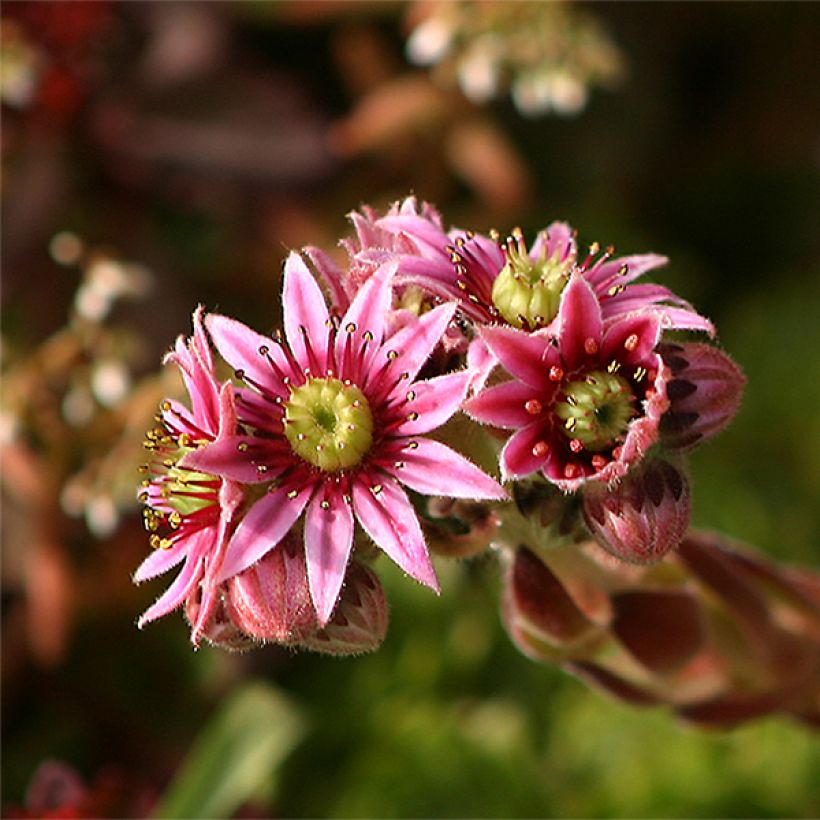

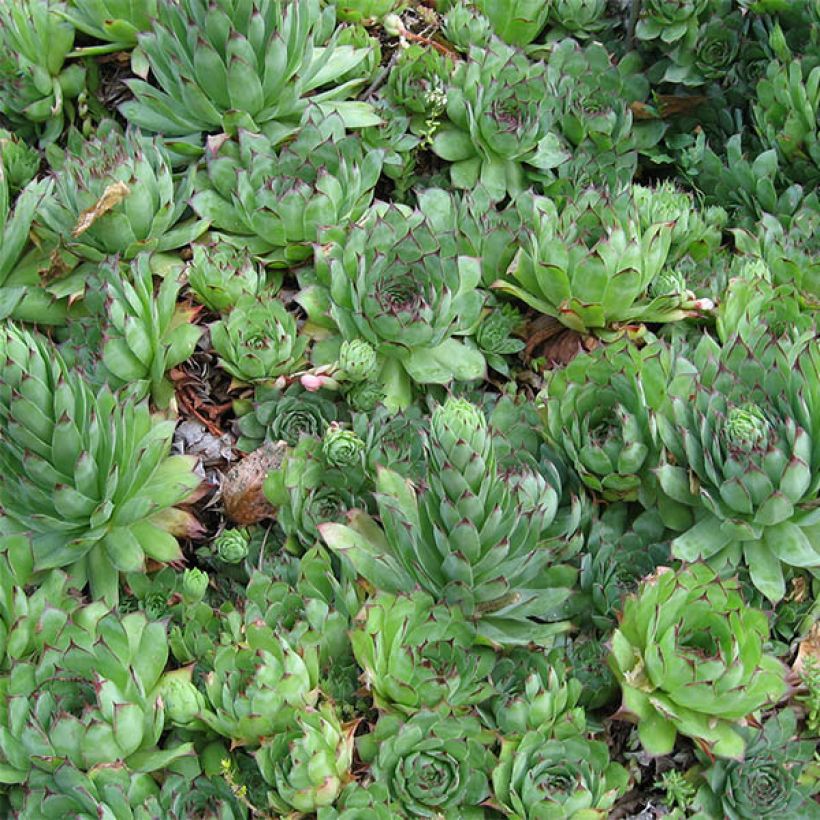

Flowering
Foliage
Plant habit
Botanical data
Sempervivum
tectorum
Crassulaceae
Common Houseleek, Hen and Chicks, Roof Houseleek
Cultivar or hybrid
Other Sempervivum - Houseleek
View all →Planting and care
Sempervivum tectorum enjoys sunny or partially shaded exposures, and well-drained, moist to dry and poor, sandy or gravelly soils. You can plant it in the ground or in a container in spring or autumn, adding gravel or coarse sand to the planting substrate. Conversely, if you place it in a rock garden or on a wall, just give it a little potting soil to allow it to establish. Afterwards, it will fend for itself.
If you want to propagate it, simply cut a few young rosettes and replant them elsewhere, just burying the roots. Make sure it is not overwhelmed by taller plants or covered in dead leaves or vegetation, and remove small faded inflorescences.
Planting period
Intended location
Care
Planting & care advice
-
, onOrder confirmed
Reply from on Promesse de fleurs
Similar products
Haven't found what you were looking for?
Hardiness is the lowest winter temperature a plant can endure without suffering serious damage or even dying. However, hardiness is affected by location (a sheltered area, such as a patio), protection (winter cover) and soil type (hardiness is improved by well-drained soil).

Photo Sharing Terms & Conditions
In order to encourage gardeners to interact and share their experiences, Promesse de fleurs offers various media enabling content to be uploaded onto its Site - in particular via the ‘Photo sharing’ module.
The User agrees to refrain from:
- Posting any content that is illegal, prejudicial, insulting, racist, inciteful to hatred, revisionist, contrary to public decency, that infringes on privacy or on the privacy rights of third parties, in particular the publicity rights of persons and goods, intellectual property rights, or the right to privacy.
- Submitting content on behalf of a third party;
- Impersonate the identity of a third party and/or publish any personal information about a third party;
In general, the User undertakes to refrain from any unethical behaviour.
All Content (in particular text, comments, files, images, photos, videos, creative works, etc.), which may be subject to property or intellectual property rights, image or other private rights, shall remain the property of the User, subject to the limited rights granted by the terms of the licence granted by Promesse de fleurs as stated below. Users are at liberty to publish or not to publish such Content on the Site, notably via the ‘Photo Sharing’ facility, and accept that this Content shall be made public and freely accessible, notably on the Internet.
Users further acknowledge, undertake to have ,and guarantee that they hold all necessary rights and permissions to publish such material on the Site, in particular with regard to the legislation in force pertaining to any privacy, property, intellectual property, image, or contractual rights, or rights of any other nature. By publishing such Content on the Site, Users acknowledge accepting full liability as publishers of the Content within the meaning of the law, and grant Promesse de fleurs, free of charge, an inclusive, worldwide licence for the said Content for the entire duration of its publication, including all reproduction, representation, up/downloading, displaying, performing, transmission, and storage rights.
Users also grant permission for their name to be linked to the Content and accept that this link may not always be made available.
By engaging in posting material, Users consent to their Content becoming automatically accessible on the Internet, in particular on other sites and/or blogs and/or web pages of the Promesse de fleurs site, including in particular social pages and the Promesse de fleurs catalogue.
Users may secure the removal of entrusted content free of charge by issuing a simple request via our contact form.
The flowering period indicated on our website applies to countries and regions located in USDA zone 8 (France, the United Kingdom, Ireland, the Netherlands, etc.)
It will vary according to where you live:
- In zones 9 to 10 (Italy, Spain, Greece, etc.), flowering will occur about 2 to 4 weeks earlier.
- In zones 6 to 7 (Germany, Poland, Slovenia, and lower mountainous regions), flowering will be delayed by 2 to 3 weeks.
- In zone 5 (Central Europe, Scandinavia), blooming will be delayed by 3 to 5 weeks.
In temperate climates, pruning of spring-flowering shrubs (forsythia, spireas, etc.) should be done just after flowering.
Pruning of summer-flowering shrubs (Indian Lilac, Perovskia, etc.) can be done in winter or spring.
In cold regions as well as with frost-sensitive plants, avoid pruning too early when severe frosts may still occur.
The planting period indicated on our website applies to countries and regions located in USDA zone 8 (France, United Kingdom, Ireland, Netherlands).
It will vary according to where you live:
- In Mediterranean zones (Marseille, Madrid, Milan, etc.), autumn and winter are the best planting periods.
- In continental zones (Strasbourg, Munich, Vienna, etc.), delay planting by 2 to 3 weeks in spring and bring it forward by 2 to 4 weeks in autumn.
- In mountainous regions (the Alps, Pyrenees, Carpathians, etc.), it is best to plant in late spring (May-June) or late summer (August-September).
The harvesting period indicated on our website applies to countries and regions in USDA zone 8 (France, England, Ireland, the Netherlands).
In colder areas (Scandinavia, Poland, Austria...) fruit and vegetable harvests are likely to be delayed by 3-4 weeks.
In warmer areas (Italy, Spain, Greece, etc.), harvesting will probably take place earlier, depending on weather conditions.
The sowing periods indicated on our website apply to countries and regions within USDA Zone 8 (France, UK, Ireland, Netherlands).
In colder areas (Scandinavia, Poland, Austria...), delay any outdoor sowing by 3-4 weeks, or sow under glass.
In warmer climes (Italy, Spain, Greece, etc.), bring outdoor sowing forward by a few weeks.






























